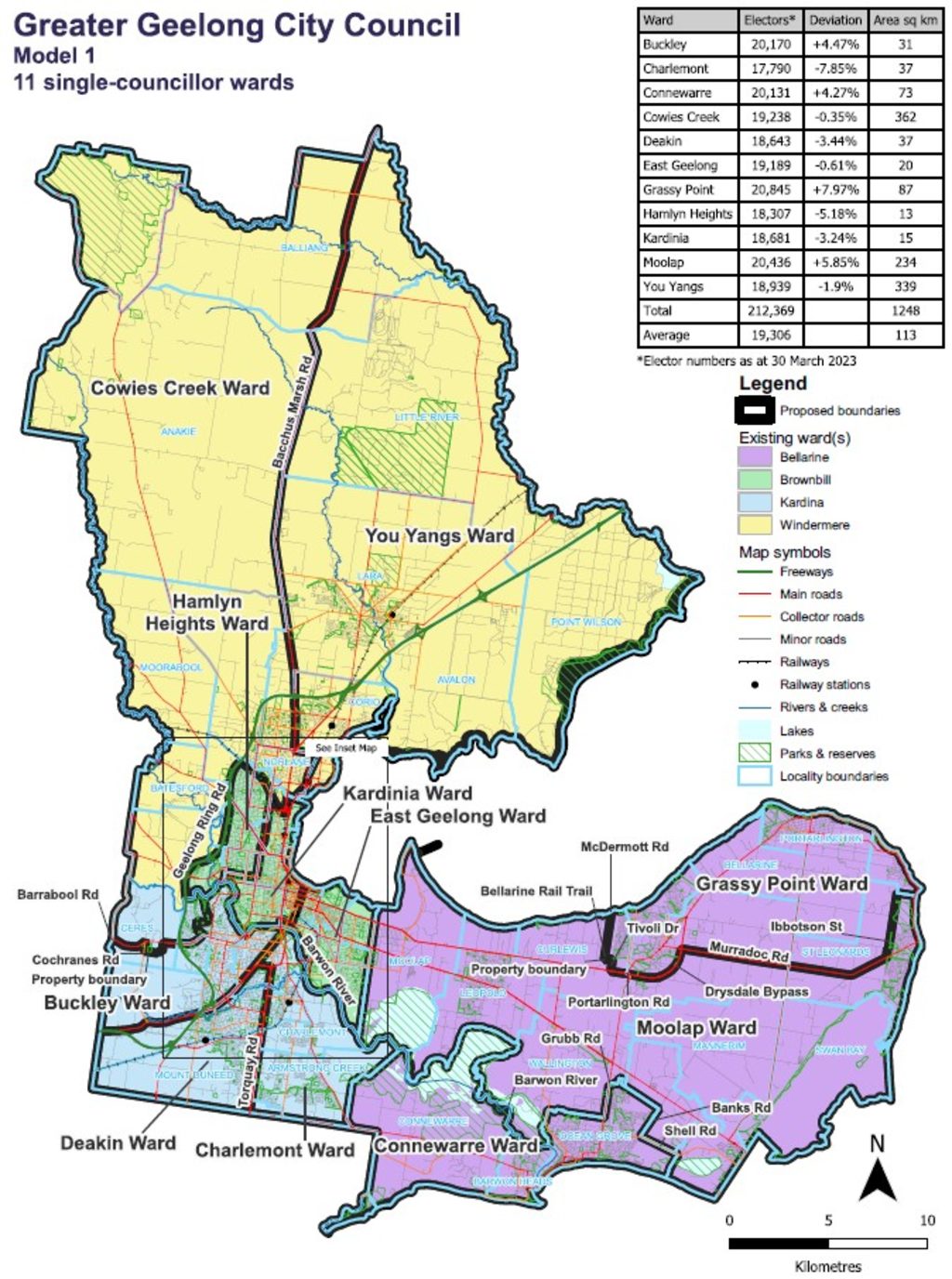BLURRED LINES: Wait goes on for Geelong’s final electoral structure

THERE is no set date for when City of Greater Geelong residents and businesses will learn about the new shape of their council and wards, with the final report in the hands of the Minister for Local Government.
THERE is no set date for when City of Greater Geelong residents and businesses will learn about the new shape of their council and wards, with the final report in the hands of the Minister for Local Government.
The city is one of 39 Victorian councils with an electoral structure that no longer complies with the single-member ward structure required under the Local Government Act 2020.
Minister for Local Government Melissa Horne announced the establishment of two Electoral Representation Advisory Panels almost exactly a year ago, on October 10, 2022, that would review the 39 councils including Geelong and provide recommendations on changes to the minister by no later than early 2024.
Under the changes proposed for Geelong in the preliminary report, the existing four-ward, 11-councillor structure would be replaced by one of three models.
In order, they are:
- Retaining current ward boundaries as much as possible by dividing existing wards into multiple wards to ensure shared interests, but its disadvantages include the Cowies Creek Ward covering up to Anakie also taking in part of Highton to ensure voter distribution
- Using roads and geographical features to separate wards which is considered to better group communities, especially on the Bellarine, splitting some suburbs in Geelong’s north, and pairing Armstrong Creek with the eastern Bellarine due to population, and
- A 12-ward structure with an additional councillor to accommodate population growth, allowing for smaller wards with more recognisable boundaries but dividing Ocean Grove in two and causing imperfect splits in Geelong’s south-west.

On Tuesday this week, a Victorian Electoral Commission spokesperson confirmed the VEC provided the final report on the electoral structure review to the minister by the deadline of August 30.
However, the spokesperson noted the final report, if and when it was released, would not be hosted on the VEC’s website but would instead be made available on the Local Government Victoria (LGV) website.
It is very likely Geelong will not end up with multi-member wards, as according to the LGV website, single-member wards are considered “the ‘default’ electoral structure under the Act to enable residents to receive direct representation, and to ensure councillors are more accountable to local communities and are elected under the same system within their council”.
Ms Horne did not respond to questions about her final decision on Greater Geelong’s electoral structure or whether the final report would be released by the time this newspaper went to print.
LGV’s website states the minister will “consider the final reports, including any determination to make the reports publicly available on this web page”.
“Under the Act, the final council electoral structures will be set by an Order in Council which are published in the Government Gazette.
“Further information will be available in due course.”
The next local government elections will be held across Victoria in October 2024.







